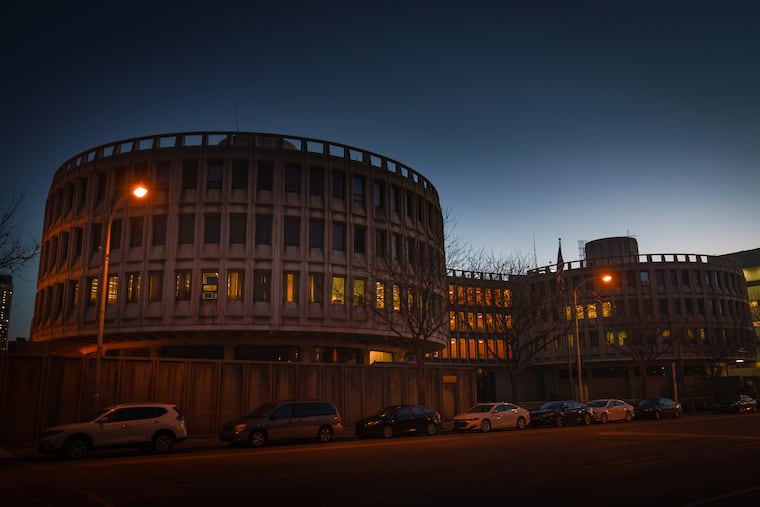What should Philly do with the Roundhouse? No, seriously, the city is asking for your help.
Philadelphia is preparing to sell its old police headquarters for redevelopment. It's starting by asking people how they feel about the building.

Philadelphia is preparing to sell its old police headquarters for redevelopment. It's starting by asking people how they feel about the building.
